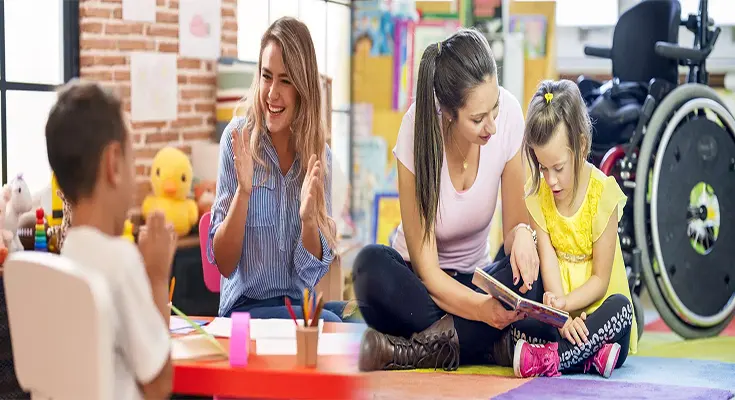
Empowering Students with Dyslexia: The Role of Assistive Technology Tools in Special Education
In the realm of special education, dyslexia poses unique challenges for students, affecting their ability to read, write, and comprehend text. However, advancements in assistive technology have revolutionized the learning experience for these students. By leveraging assistive technology tools catered to the needs of students with dyslexia, educators can provide the necessary support to enhance their academic performance and overall well-being.
Understanding Dyslexia
Dyslexia is a specific learning disorder that is characterized by difficulties with accurate and/or fluent word recognition, spelling, and decoding abilities. Despite having normal intelligence, individuals with dyslexia may struggle with reading comprehension and may face challenges in various aspects of academia.
The Role of Assistive Technology
Assistive technology tools play a crucial role in mitigating the barriers faced by students with dyslexia. These tools are designed to accommodate diverse learning styles and provide personalized support to enhance the learning experience. From text-to-speech software to speech recognition …
Empowering Students with Dyslexia: The Role of Assistive Technology Tools in Special Education Read More




